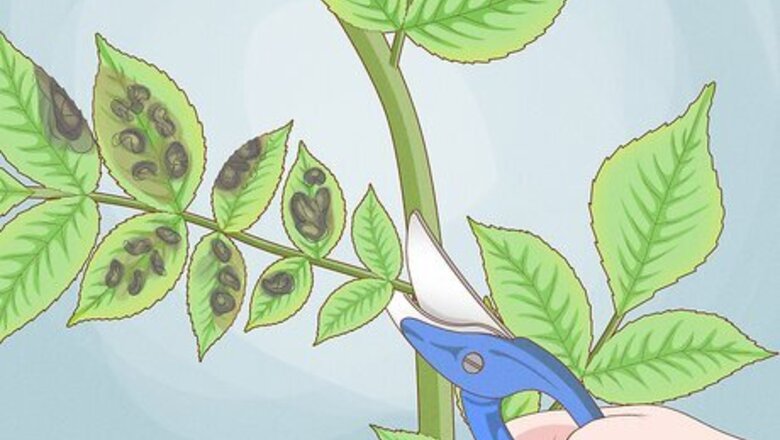
views
Treating Infected Leaves

Prune infected leaves immediately. Ensure the overall health of your plant by removing diseased leaves entirely. To prevent the spread of disease through contact with the plant or soil, throw them away immediately with your regular trash before doing any more work in the area. Further prevent the disease from spreading by disinfecting your tool immediately after pruning each leaf. Have a solution of 1-part bleach to 4-parts water within easy reach..

Treat infected areas. Prune the infected leaves, including those that have turned yellow or are about to, since these are most likely too far gone to recover. If the infection is widespread, it’s better to prune off entire limbs rather than just removing leaves. Treat what remains, including the leaves’ bottoms as well as their tops. Although there is no guaranteed cure for black spot disease, try the following remedies, which can slow and prevent the disease from spreading, and use whichever shows the best results: Mix together a solution of 1 tbsp. baking soda, 2.5 tbsp. vegetable oil, 1 tsp. liquid soap, and 1 gallon water. Be sure to use liquid soap, not detergent. Since this may potentially burn your leaves, spray a small test area with the solution before spraying the entire plant. If burning is absent or minimal, spray the leaves once every two weeks. Combine 1-part dairy milk to 2-parts water. Spray the leaves once each week. (Sorry, vegans; non-dairy milk substitutes won’t work). Spray the leaves with neem oil once every two weeks. Use fungicides as a last resort if the disease returns for multiple growing seasons. Follow their directions regarding applications. Apply them early, before outbreaks or at the first sign of spots, since they are preventative in nature. Choose organic products if possible for both the plant’s health as well as pollinating insects.

Throw away infected leaves. Remove them from the area as soon as you prune them. Put them with your regular garbage, preferably in a tied bag. If you dump them straight into a trashcan, secure the lid firmly to prevent the wind or animals from blowing or tracking them free. Do not add infected leaves to compost, since the disease may survive and infect other plants when that compost is used as mulch.
Preventing Future Outbreaks

Rake continually. Keep the base of the plant or tree clear of infected leaves that may have fallen on their own. Clear away all fallen leaves, whether they’re infected or not, since beds of dead leaves trap and retain moisture, thus creating a ripe breeding ground for the disease. Be sure to rake straight up to winter’s first snow, or even after if needed; the disease may survive the cold weather and reinfect the plant or tree when spring comes.
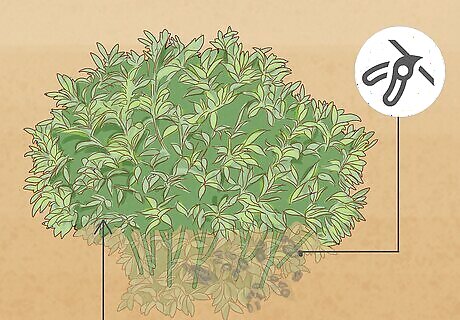
Prune the lower canopy. It’s best to prune from the bottom up. Lower leaves are more likely to be infected with black spot disease, so you’ll want to start in the lower canopy. Prune back lower branches that never completely dry and leave higher ones that receive sunlight. Pruning the lower canopy is also safer – you won’t need to get to those high-up branches.

Water your plant or tree properly. Water the soil directly. Keep the leaves dry. Avoid overwatering. Allow soil to dry before watering again. Refrain from watering during rainy weather.

Keep the air circulating. Weed the soil to improve airflow. Apply a level amount of mulch around the base of the plant or tree, leaving a ring of free space between the mulch and the trunk. Prevent weeds from growing while improving the area’s ability to dry more thoroughly.
Planting with Foresight
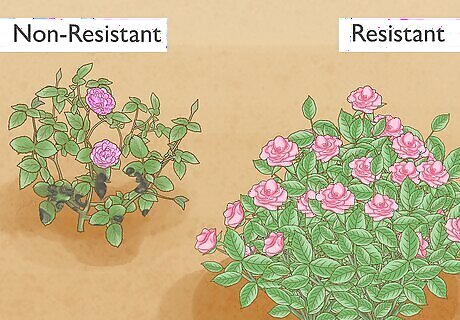
Purchase resistant varieties of plants. Research the type of tree or plant that you wish to include in your landscape. Find out if any particular variety has been proven to be resistant to the disease. If the cost of resistant varieties is significantly higher than non-resistant ones, ask yourself which you value more: saving money now or time and labor later.

Space new plants well apart from each other. Whenever you plant new saplings or young plants, picture the size they’ll reach once fully grown. Plant them accordingly, allowing each plenty of distance from the rest in the future. Preempt the easy spread of disease by keeping one plant from touching another once they’ve matured. Allow sunlight to reach and dry the lower leaves throughout their lifetime by eliminating the excessive shade that overcrowded canopies would otherwise provide. Cover the soil around newly planted areas with mulch. This will absorb water and keep the disease from splashing up into the leaves when it rains.
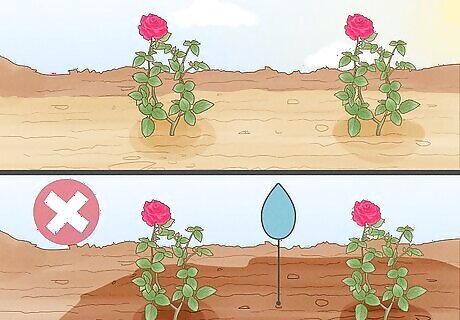
Avoid planting in overly moist areas. Since moisture facilitates black spot disease, plant in areas that dry easily after rain. Choose spots that receive direct sunlight for at least a portion of the day. Keep clear of areas that are prone to standing water. Also adjust any lawn sprinklers so they don’t soak your leaves unnecessarily.
















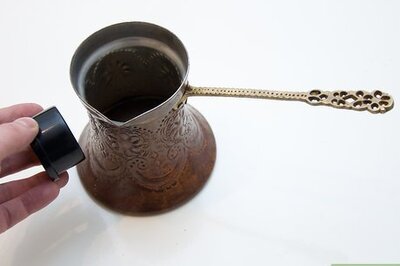



Comments
0 comment